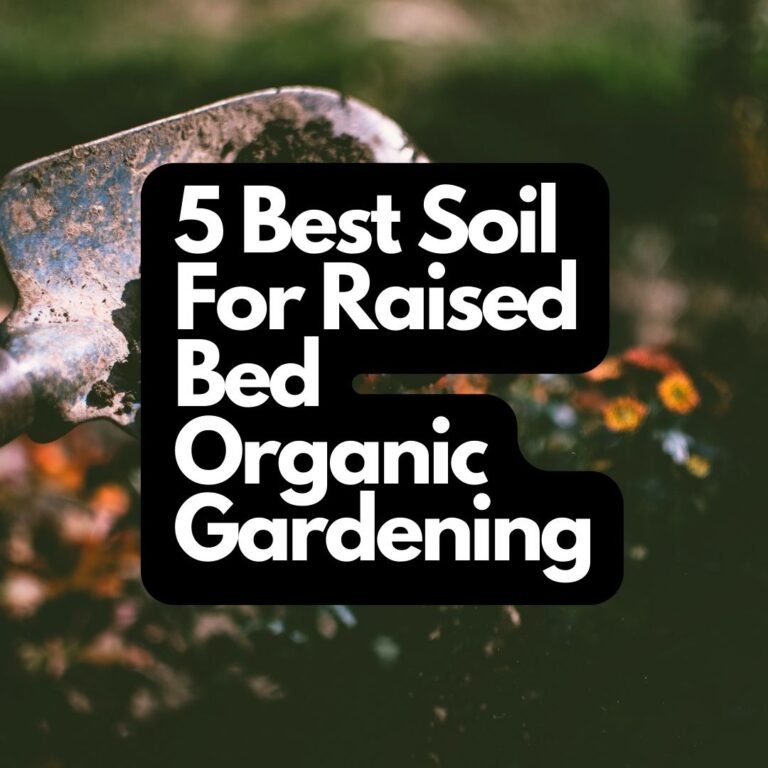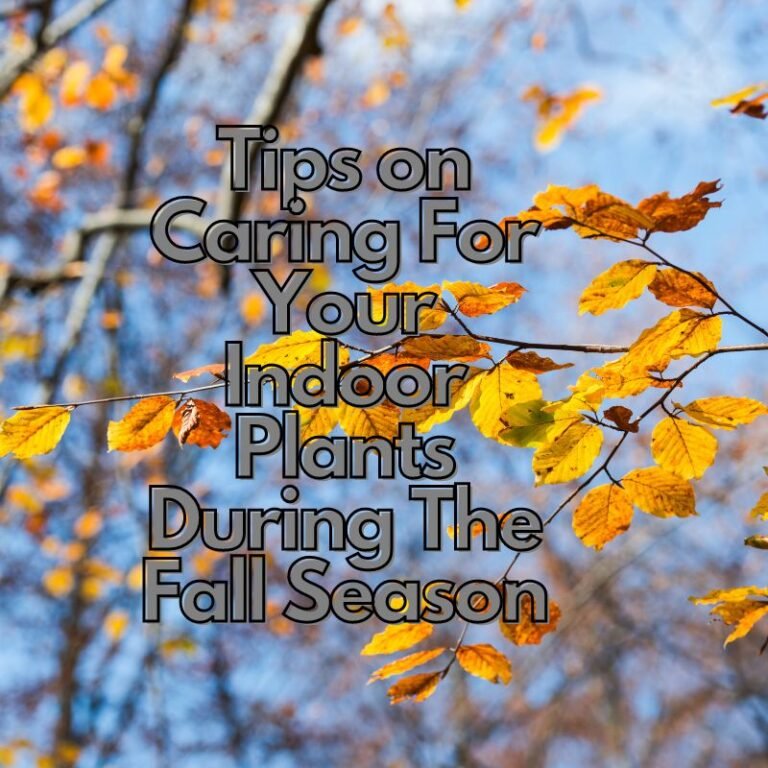The Complete Guide to Organic Gardening: Unlocking the Secrets of a Flourishing Garden
Organic gardening is more than just a hobby; it is an art form that combines knowledge of plants, soil, climate, and design to create beautiful and sustainable landscapes. Whether you are a beginner or an experienced gardener, understanding the key principles of gardening will help you cultivate a thriving garden that not only looks stunning but also promotes biodiversity and environmental sustainability.
Understanding Soil: The Foundation of Organic Gardening Success
Healthy soil is the backbone of any successful garden. The type, structure, and composition of soil significantly influence plant growth. There are three primary types of soil: sandy, clay, and loamy. Each has distinct properties that affect water retention, drainage, and nutrient availability.
- Sandy Soil: Drains quickly, often requiring more frequent watering and fertilization.
- Clay Soil: Retains moisture well but can become compacted, limiting root growth.
- Loamy Soil: A balanced mix of sand, silt, and clay, making it ideal for most plants due to its ability to retain moisture while allowing proper drainage.
To enhance soil quality, we recommend using organic matter like compost, manure, or mulch. These materials not only improve soil texture but also provide essential nutrients that plants need to thrive.

Plant Selection: Choosing the Right Plants for Your Climate and Soil
Selecting the right plants is crucial for a healthy garden. Plants have specific needs based on climate, soil type, and sunlight availability. When choosing plants, consider the following:
- Hardiness Zones: These are geographically defined zones that help gardeners determine which plants can thrive in their region. Knowing your hardiness zone ensures that your garden can withstand local weather conditions.
- Sunlight Requirements: Most plants fall into one of three categories: full sun (6+ hours of direct sunlight), partial shade (3-6 hours), or full shade (less than 3 hours).
- Soil Compatibility: Matching plants to your soil type will lead to healthier growth. For instance, succulents thrive in sandy soils, while many vegetables prefer loamy soil.
We recommend planting a combination of perennials and annuals to ensure year-round garden interest and biodiversity.
Watering Techniques: Keeping Your Organic Gardening Hydrated
Proper watering is essential for maintaining a healthy garden, but the needs of plants vary widely. Factors such as plant type, soil condition, and local climate determine how often and how much water your garden requires.
Best Practices for Watering:
- Drip Irrigation: This method delivers water directly to the roots of plants, minimizing evaporation and runoff. It is ideal for gardens in arid regions or during dry spells.
- Mulching: Using mulch around plants helps to retain soil moisture, reduce evaporation, and regulate soil temperature.
- Watering Early: Watering your garden in the early morning reduces evaporation and allows plants to absorb moisture before the heat of the day.
Pruning and Maintenance: Ensuring Continued Growth
Pruning is essential to encourage healthy plant growth, remove dead or diseased branches, and maintain the desired shape of trees and shrubs. Regular maintenance helps to prevent pests and diseases, improves air circulation, and supports better flowering and fruiting.
Key Pruning Techniques:
- Thinning: Removing entire branches to reduce density and allow more light to reach inner leaves.
- Heading: Cutting back the tips of branches to promote bushier growth.
- Deadheading: Removing spent flowers to encourage new blooms and extend the flowering period.
Organic Gardening: A Sustainable Approach
Organic gardening focuses on using natural methods to grow plants without synthetic chemicals. This approach promotes biodiversity, soil health, and environmental conservation. Some key organic gardening practices include:
- Composting: Decomposed organic materials like food scraps and yard waste are added to the soil to improve its structure and nutrient content.
- Natural Pest Control: Using beneficial insects (like ladybugs), companion planting, and homemade solutions such as neem oil can help control pests without harmful chemicals.
- Crop Rotation: Rotating different types of plants in the same area year after year prevents the buildup of specific pests and diseases and promotes soil health.
Seasonal Organic Gardening: Adapting to Changing Conditions
Organic Gardening is a year-round activity, but the tasks you perform will vary with the seasons. To maximize productivity and beauty throughout the year, consider these seasonal gardening tips:
Spring:
- Prepare soil by adding compost and nutrients.
- Plant cool-season crops like lettuce, peas, and carrots.
- Prune shrubs and trees as needed.
Summer:
- Water deeply and regularly to combat heat stress.
- Mulch around plants to retain moisture.
- Harvest early-season crops and plant warm-season vegetables like tomatoes and peppers.
Fall:
- Plant fall crops such as kale and broccoli.
- Mulch garden beds to protect the soil over winter.
- Clean up fallen leaves and debris to prevent pests.
Winter:
- Prune dormant trees and shrubs.
- Plan next year’s garden and order seeds.
- Protect plants from frost with covers or mulch.
Creating a Pollinator-Friendly Organic Gardening
Pollinators such as bees, butterflies, and birds play a critical role in the health of your garden. Without them, many plants would fail to reproduce. To create a pollinator-friendly garden, we recommend:
- Planting Native Flowers: Native plants are adapted to local pollinators and thrive without excessive care.
- Providing Water Sources: Birdbaths, shallow dishes, or small ponds help attract pollinators.
- Avoiding Pesticides: Use organic methods or integrated pest management to minimize harm to pollinators.
Conclusion
Organic Gardening is both an art and a science, blending creativity with horticultural knowledge. Whether you are growing vegetables, creating a flower garden, or designing a landscape, following these expert gardening techniques will help you cultivate a vibrant, sustainable space that thrives year after year. Start today by understanding your soil, selecting the right plants, and implementing effective watering and maintenance routines to ensure a flourishing garden.
- The Art and Science of Gardening: Cultivating a Thriving Garden
- The Stunning Beauty of Ranunculus: A Comprehensive Guide
- Peonies: Why Are They So Special?
- The Magnificent Magnolia Tree: A Comprehensive Guide
- Unveiling the Symbolism of Hydrangea: What Do They Represent?
Discover more from Gardening with Ecorganicas-Source for Organic Gardening Tips
Subscribe to get the latest posts sent to your email.







